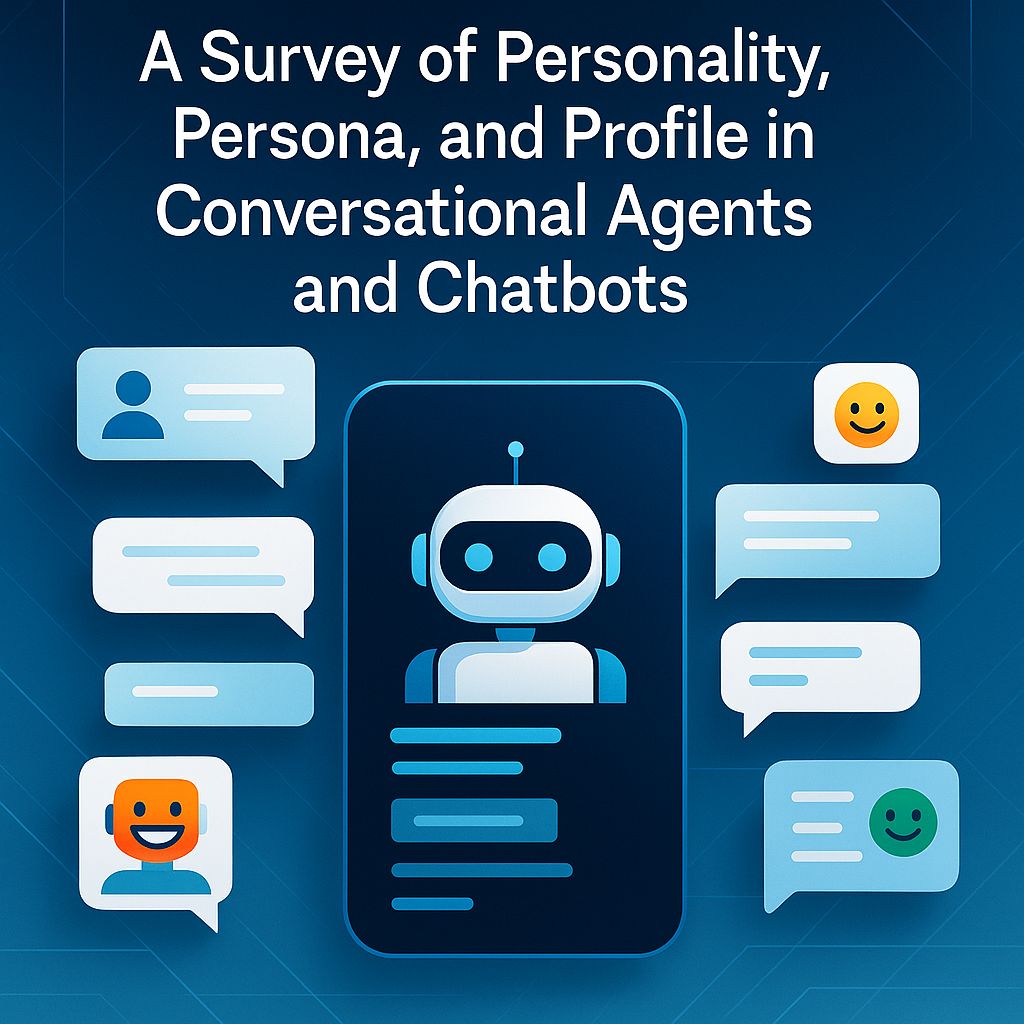Summary: In the ever-evolving world of gaming, the quest to create non-playable characters (NPCs) with authentic personalities is gaining momentum, driven by innovative AI research. This exploration delves into the cutting-edge strategies employed by scientists to infuse digital characters with a semblance of an inner life, thereby enhancing their conversational and interactive capabilities. By leveraging psychological models and advanced data techniques, researchers are crafting NPCs that transcend their traditional robotic nature, aiming to make them more engaging and lifelike. This endeavor not only highlights the current advancements but also underscores the challenges ahead in achieving truly human-like digital interactions. As players navigate virtual worlds, they are encouraged to reflect on the nuances of NPC personalities—whether it’s their consistency, emotional depth, or backstory—that contribute to a more immersive gaming experience. This ongoing research promises to redefine the dynamics of player-NPC interactions, potentially revolutionizing the gaming landscape.
“`html
Welcome back to Overfitted, where today we’re unraveling the intricate threads of personality in AI characters, particularly the non-playable characters (NPCs) in gaming. The evolution of AI in gaming is not just about smarter algorithms but about giving these digital personas a semblance of an inner life. Join us as we delve into the latest research, exploring how scientists strive to imbue NPCs with authentic personalities that enhance player engagement and immersion.
The Evolution of Personality in AI: From Eliza to Neural Networks
The quest to endow AI characters with personality isn’t new; it stretches back decades to experiments like Eliza, the empathetic therapist, and Perry, the paranoid. These early models aimed to simulate human-like traits, albeit in a rudimentary form. Fast forward to 2016, and the rise of neural networks marked a paradigm shift, enabling more nuanced and complex AI personalities.
- Eliza: An empathetic therapist model
- Perry: A paranoid chatbot
- 2016 Onwards: Neural networks enhancing AI complexity
“Neural networks opened up way more possibilities for crafting AI personalities that were more nuanced, more complex than before.”
Psychological Models: The Blueprint for AI Personality
To create believable NPC personalities, researchers often draw from established psychological frameworks. These models provide a structured approach to defining and quantifying personality traits, which are then translated into AI behavior.
- Jung’s Typology: Introversion vs. Extroversion
- Eysenck’s Dimensions: Introversion, Extroversion, Neuroticism, and Psychoticism
- The Big Five (OCEAN): Openness, Conscientiousness, Extroversion, Agreeableness, Neuroticism
- Cattell’s 16 Personality Factors: Expanding on subtler personality nuances
- Interpersonal Reactivity Index (IRI): Focusing on empathy
These psychological models are integral in shaping AI personalities, providing dimensions like empathy and emotional stability that are crucial for interactive and immersive NPC interactions.
Crafting NPCs: Techniques and Data
Beyond psychological models, other innovative strategies are employed to create NPCs with depth. Techniques such as using character archetypes, descriptive sentences, and attribute value pairs allow developers to craft unique and engaging NPCs.

- Character Tropes: Recognizable archetypes from literature and film
- Descriptive Sentences: Simple statements that provide backstory
- Attribute Value Pairs: Structured profiles for consistent character details
“Imagine an NPC whose personality isn’t totally fixed, but subtly shifts based on what happens in the game or how you, the player, treat them.”
Data sets like Persona Chat and ConveyEye 2 have been pivotal, using descriptive sentences to create personas and collect large amounts of open-ended dialogue. This approach has shown that even minimal background can result in a consistent and engaging persona.
Future Horizons: Real-Time Interactive NPCs
The ultimate goal of this research is to make NPCs feel less robotic and more alive. By combining psychological models with innovative techniques and rich data sets, researchers aim to create NPCs that react dynamically to player interactions.

- Implementing the Big Five for nuanced behavior
- Using tropes for immediate character recognition
- Incorporating descriptive sentences for depth
As researchers continue to refine these methods, the potential for truly dynamic and responsive NPCs grows. Imagine characters whose personalities evolve with the game, offering players a more engaging and immersive experience.
Evaluating the success of these endeavors remains a challenge. Measuring believability and consistency is complex, and it often requires subjective human evaluation. Nonetheless, the layered approach combining multiple schemes shows promise in creating rich and believable digital personalities.
Summary
In conclusion, the journey to endow NPCs with authentic personalities is an ongoing and multifaceted challenge. By leveraging psychological models, innovative techniques, and extensive data sets, researchers are crafting NPCs that are not only engaging but also dynamic and responsive. As this field evolves, the potential for revolutionizing player-NPC interactions in gaming becomes increasingly tangible. We invite you, our readers, to reflect on your own gaming experiences and consider which aspects of NPC personalities contribute most to an immersive experience. Is it their consistency, emotional depth, or backstory? Share your thoughts and join the conversation.
“`References
The following sources were referenced in the creation of this article:


Leave a Reply